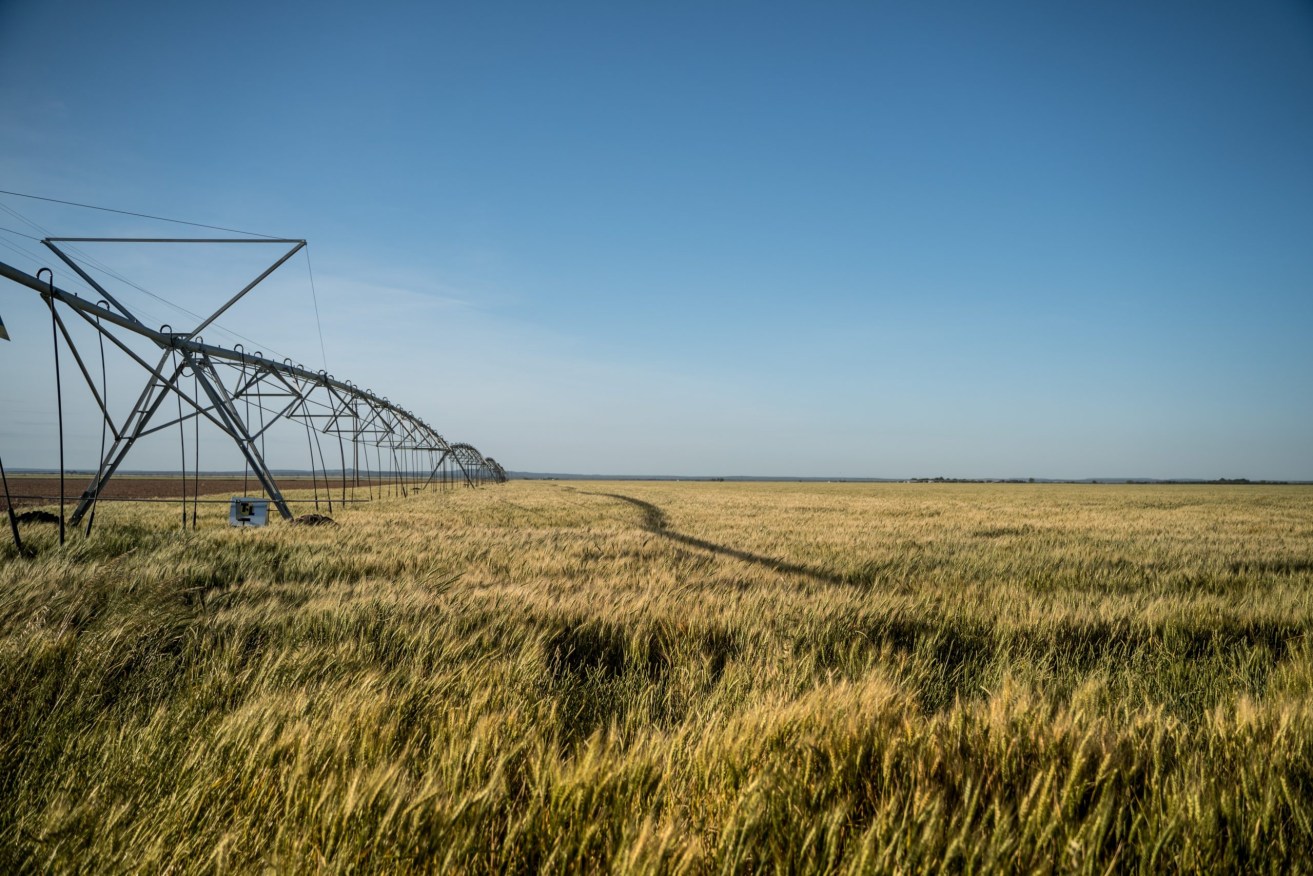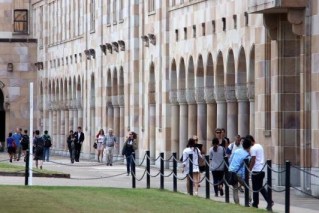Academics pour cold water on Bradfield Scheme: It won’t work
The Bradfield Scheme has been raised as a panacea to vast areas of inland Queensland stuck in crippling drought, but academics who have looked at the plan think it would be an economic and financial disaster.


The LNP claims the scheme would irrigate the vast Queensland inland.
The project has become a key issue for the seat of Townsville and its three marginal seats in the current election.
The LNP claims the $15 billion new Bradfield Scheme would create tens of thousands of jobs and generate 2000 megawatts of electricity through a hydro scheme and be funded by coal royalties from the Galilee Basin projects, only one of which is in development.
It would also help to drought-proof Queensland by using water from the largest dam ever built in Queensland at Hells Gate.
Water from the scheme would be used to irrigate around 80,000 square kilometres of rich blacksoil plains to the south and west of Hughenden.
In 2019, the $2.2 million feasibility study managed by Townsville Enterprise with funding from the Federal Government’s National Water Infrastructure Development Fund, confirmed the viability of the $5.35 billion irrigated agricultural and power project on the upper Burdekin River.
It did, however, have substantial caveats about technical details and timing.
In response, Labor has initiated an examination of the Bradfield Scheme chaired by Professor Ross Garnaut.
A new analysis from Griffith University’s Professor Emeritus Poh-Ling Tan said with the LNP’s promise to cut farmers’ water prices by 20 per cent it was “highly unlikely that these operating costs could be recovered from customers and comply with national water policy”.
She pointed out that a 2018 study of the Hell Gates dam itself states “cost estimate performed cannot be highly accurate given the level of risk attached to the various system [sub] components”.
She implied the funding plans were also questionable given that it would take all coal royalties from all 50-odd Queensland coal mines for five years to meet the $15 billion capital cost.
“It is very likely that a project of this size will have high environmental impact. Besides landscapes affected by construction of infrastructure, use of water in expanding agriculture upstream of Kathi Thanda — Lake Eyre, will detrimentally affect that pristine, fragile landscape,” she said.
Three other Queensland academics have rejected the idea. Griffith University’s Dean of Sciences (Learning and Teaching) Fran Sheldon has said the water that was planned to be diverted was needed by coastal fisheries.
“It’s not wasted and it would not make the desert bloom,’’ Sheldon said.
“Water would be lost to evaporation and soaked up floodplains and wetlands. To avoid the loss of water more than 2000km of pipe and infrastructure would be needed to be built and construction and ongoing costs would be financially prohibitive.
“The extra water would change the ecology of our inland rivers and result in the extinction of many species that require the variability of flood and drought to survive.
“In short, implementing the Bradfield Scheme would be an environmental and economic disaster.’’
Two James Cook University academics in politics and history, Patrick White and Russell McGregor, said the proposed scheme would need to engineered “against the gradient of history and nature’’.
“It would have irreversible consequences for Queensland’s environment, society and culture,’’ they said.












